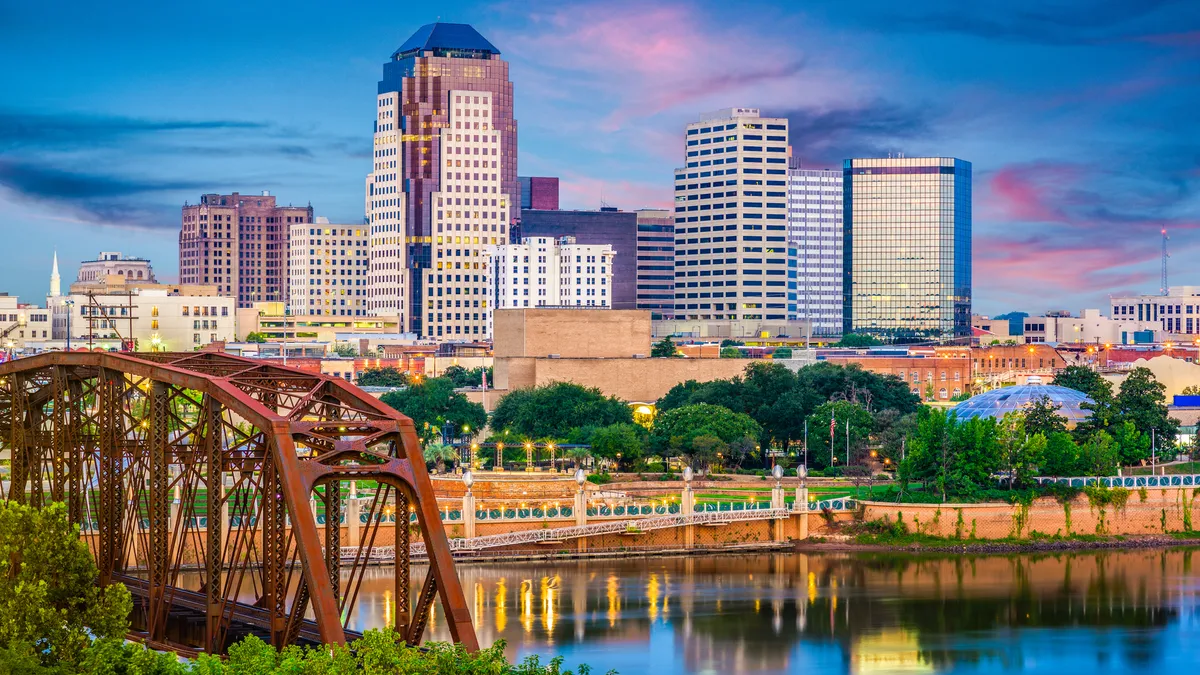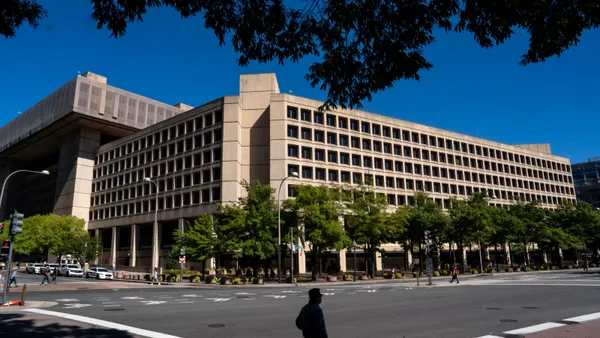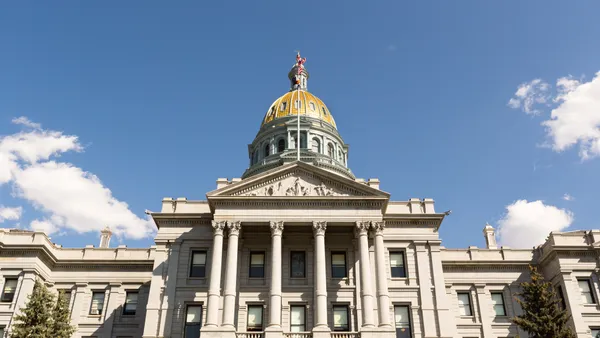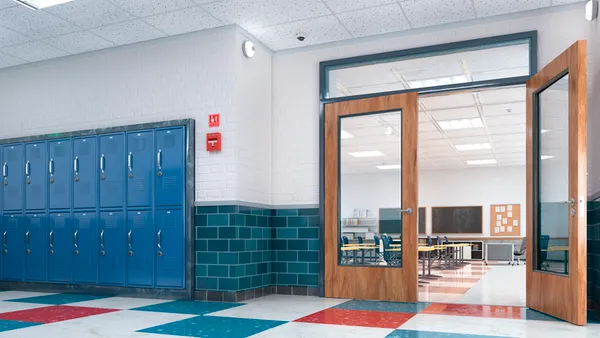Dive Brief:
- Utah has adopted the 2021 International Codes, effective July 2023, to standardize building regulations, practices and safety measures statewide, according to the International Code Council.
- The state’s adoption of the latest codes comes on the heels of $90 million in funding by the U.S. Department of Energy to update local and state building energy codes across the country.
- These efforts reflect a rising emphasis on emissions reduction and hazard resistance among state authorities in the wake of recent wildfires and forecasts of deeper climate change-fueled storm penetration into the U.S.
Dive Insight:
Utah’s move to improve air quality, lower energy bills and reduce greenhouse gas emissions is a culmination of key energy efficiency upgrades integrated into its building code through the passage of House Bill 532, signed into law by Gov. Spencer Cox earlier this year.
The International Code Council’s 2021 edition, which amendments embedded in Utah’s legislature now require, includes the International Building Code, International Plumbing Code, International Fuel Gas Code, and commercial provisions of the International Energy Conservation Code and International Existing Building Code. Among other things, HB532 mandates a new prescriptive air-impermeable insulation system applied to roof decks. Utah says implementing such a measure will increase overall energy efficiency in buildings across the state, without raising home costs.
Currently, California and Maryland are the only two states that have retained mandates to install fire sprinklers in one- and two-family homes. But that could change with Utah's House Bill 409, which seeks to improve building fire safety measures. This legislation replaces the state’s Tall Wood Buildings of Mass Timber Construction law with the 2021 edition of the International Fire Code, and incorporates essential amendments such as a requirement for an automatic fire sprinkler system where fire hydrants do not exist.
Dominic Sims, CEO of the ICC, noted that Utah joins a growing list of states that view building safety as integral to safeguarding structures, residents and occupants. “The Code Council hopes other states will follow suit to ensure the safety and resiliency of their communities,” Sims said in the ICC’s news release.
Other states that have announced commitments to revising building safety standards include Illinois and Colorado. Colorado adopted the latest international plumbing and fuel gas codes in July, and Illinois passed SB2368 in May to ensure that new construction and existing commercial building renovations are designed to meet national standards for resilience to snowstorms, windstorms, tornadoes, earthquakes, floods and other natural disasters.
As part of the larger DOE funding, U.S. Secretary of Energy Jennifer Granholm recently announced about $1.6 million for Louisiana, where brand-new building codes are taking effect across the state. The funding will be used to train builders, architects, contractors and local building code officials on the new codes, which took effect across the state on July 1.
Dan Arant, a climate change expert at Siemens’ subsidiary Brightly, pointed to a need for sufficient resources to facilitate energy efficiency code implementations. “Transitioning to a fossil-fuel-free future is not an overnight process. We’re certainly in a flux,'' he told Facilities Dive. “There needs to be continuous investment from municipalities, states and the federal government if we want to see widespread adoption of energy efficiency codes.”














